Get practical. Don't just learn science, DO science.
STEM classes give students the chance to fall in love with the world around them through an integration of science, technology, engineering, and math.
They are encouraged to ask questions and then seek their own answers using the scientific method as a framework to understanding. With our growing understanding of how the world works, comes a focus on clear and effective communication, as learning to communicate scientific findings is one of the most critical tools a scientist has.
We integrate technology, engineering, and math to broaden our understanding of science as an interdisciplinary field to ensure that our learning is relevant, meaningful and connected to the world outside our classroom.
Middle School STEM: Earth Science
(Grade 6) What happened here? In this introductory STEM course, we learn to read the landscape like a book. We explore the influences of wind and water on Earth’s topography while comparing Summit County and Colorado to diverse biomes around the globe. You will practice using the scientific method to answer questions and hone your observation skills. Several times throughout the year we will collaborate with the Humanities class for interdisciplinary projects that connect people, place and STEM topics.
Middle School STEM: Physical Science
(Grades 7/8) Why is it that a feather and a bowling ball fall at the same rate in a vacuum? Can a cement boat float? What on earth do the symbols Au and Na mean? We begin this course by learning about the unseen: atoms molecules and compounds that make up all matter on Earth. We familiarize ourselves with the periodic table and understand firsthand what a chemical reaction looks like. Once we know how movement occurs at a micro scale, we being to test how and why things move and interact through a series of design challenges. We will become engineering experts as we build and test robots, boats, cars and simple machines.
Middle School STEM: Life Science
(Grades 7/8) Everything is connected! Using a systems thinking framework, you explore living systems from the large scale connections be Earth’s biotic and abiotic components to the microscopic world of cell structure and function. You are challenged to understand biology from different perspectives and answer questions using the scientific method as a guide. This course focuses on hands-on inquiry as well as practicing skills like scientific writing, observation and drawing connections to real world issues.
Geomorphology & Astrobiology
(Grade 9) What forces shape our planet? Can life exist in other part of the universe? What are the biological requirements for that life to flourish? In ninth grade science, you discuss STEM in our world and beyond the limitations of our planet. During the first semester, you study the geomorphology and surficial processes of Earth through an indepth look into freshwater rivers and glaciers, including a field trip to St. Mary's Glacier, one of the few named glaciers left in the State of Colorado.
The second half of the year, we turn from Earth's surface to the skies and beyond, exploring the ever growing field of astrobiology and the hunt for life on other worlds. Using our exploration of these complex systems that shape our planet, you also focus on establishing foundational practices that cultivate informed scientists such as learning the scientific process, conducting labs, and recording methods in a formal written report.
Chemistry
(Grades 10/11) This course examines key concepts in chemistry in the context of continuing to develop scientific thinking and laboratory skills. Students explore how energy is related to chemical change as they design and conduct experiments, record observations, and analyze results. Throughout the course, you develop an understanding of the mathematical base upon which chemistry is founded; converting between units in the metric system, grams and moles.
We also learn to distinguish between physical, chemical, and nuclear changes in matter through laboratory experiments, research, and discussion activities. Throughout the year, you focus on atomic structure, periodic trends of elements and chemical bonding as you explore science through a historical lens. As foundational skills develop, you are tasked with predicting outcomes of chemical reactions based on their application of quantum numbers, stoichiometry, and their understanding of acids and bases. Each week you have the opportunity to use these new pieces of knowledge in a hands-on laboratory experience in conjunction with post-lab analysis and conclusions questions.
Biology
(Grades 10/11) Students in this biology course are challenged with high standards and academic rigor to prepare them for college level science courses. Interdisciplinary work is conducted by developing an understanding of where biomedical technologies have taken mankind, allowing us to thrive. We study life science content including, but not limited to: cycles of ecosystems; physical and behavioral characteristics of biological organisms; populations and their interactions; division of labor at a cellular level; cellular and metabolic activities; and cellular processes in living beings.
Introduction to Physics
(Grade 12) This course is an in-depth algebra-based examination of Newtonian Mechanics and challenges students to problem solve through complex new concepts. Students learn through classroom discussion, individual and group problem-solving, demonstrations, real-world application, virtual and hands-on experiments. Additionally, students will be challenged to design, create, and execute various experiments throughout the year with the end goal of writing formal lab reports. Interested seniors may elect to continue Physics through the third quarter while they are concurrently working on their senior project. While this course is not an official AP course, it covers all of the content on the AP Physics 1 test. In-class use of technology is emphasized to prepare students for college level courses.
A Peak Lunar Experience!
Our math and physics teacher, Edward, guided students on viewing the first quarter moon and 4 visible planets and capturing images of our solar system neighbors!
“I was surprised that I felt un-phased, even though I was tearing apart the insides of a human. ”



